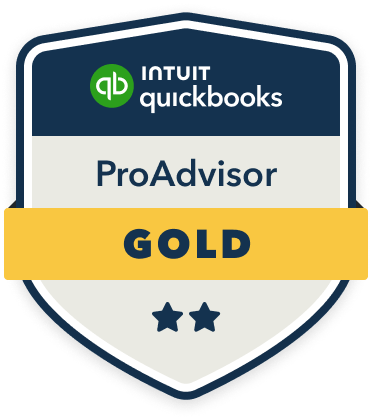Decoding Your Profit & Loss Statement for Better Business Decisions
As part of my monthly bookkeeping services, I always include a profit & loss after each prior month is complete and reconciled. This post explains what it is and why it's so valuable to your business.
11/5/20251 min read


Understanding the Profit & Loss Statement
Every business owner knows that numbers matter. But, when it comes to understanding financial statements, many find themselves feeling lost. A Profit & Loss (P&L) statement is a vital tool that details your company's revenues and expenses, ultimately leading to either a profit or a loss. Knowing how to read this financial document can empower you to make better decisions for your business.
Breaking Down the Numbers
At first glance, the P&L statement may seem overwhelming. However, it boils down to three key components: revenues, costs, and profits. Revenues come from sales and any other income, while costs include all expenses incurred while running your business, like operating expenses, wages, and rent. The net profit or loss is simply calculated by subtracting total costs from total revenues.
To read it effectively, ensure you're recognizing the differences between gross profit (total revenues minus the cost of goods sold) and net profit (total revenues minus all expenses). This insight can offer a clear picture of your business's operational efficiency. For example, if your gross profit is high, but your net profit is low, you may have high operating costs that need addressing.
Using P&L Statements to Make Informed Decisions
So, how can you use this information to make smart financial decisions? Well, analyzing trends in your P&L statement over time can highlight areas of strength and weakness. For instance, if you notice a steady decline in revenues from one quarter to the next, this may signal a need to adjust your marketing strategy or assess your product pricing.
Additionally, comparing your P&L statements to industry benchmarks can provide context to your performance. If your business is consistently underperforming compared to industry standards, it might be time to reevaluate your business strategies or consider alternative revenue streams. Understanding these numbers allows you to proactively respond to fluctuations rather than reactively scramble when problems arise.
Final Thoughts
Reading a Profit & Loss statement doesn’t have to be a daunting task. With a casual approach to understanding those key figures, you’ll feel more equipped to make vital decisions for your business. Just remember, a P&L statement is more than just numbers; it’s a narrative of your business’s financial health. By consistently reviewing and analyzing this document, you put yourself in a strong position to navigate your business’s future confidently. So grab that P&L and start decoding it today!


